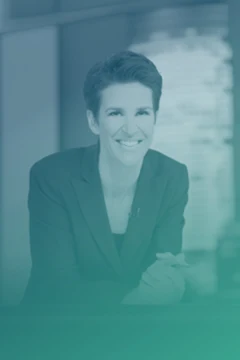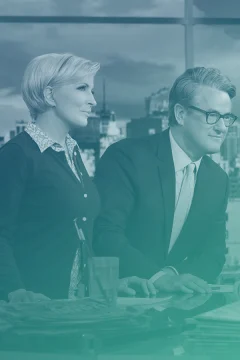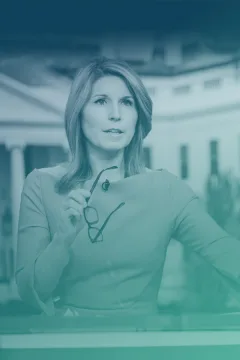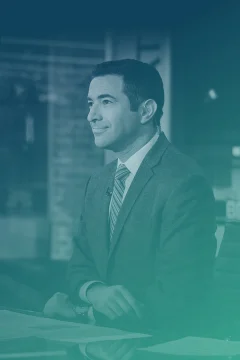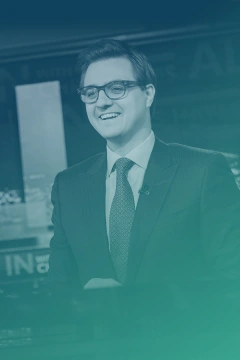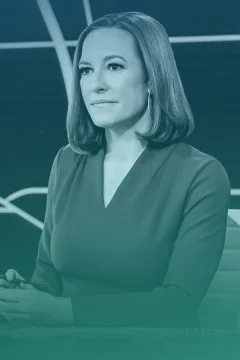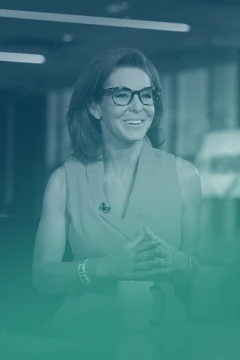Donald Trump’s victory — after he undertook a podcast blitz during the campaign — has sparked a conversation among Democrats about the need to build a liberal equivalent to the giant conservative media machine that has now expanded to the podcast and streaming sphere. But they’re not going to “create their own Joe Rogan” out of thin air, and Rogan didn’t amass legions of devoted followers by serving as a partisan political mouthpiece in the first place. (He was actually once a Bernie Sanders supporter.)
The history of Democrats trying to grapple with conservative talk radio suggests that a grand strategy for liberal media will have two key prongs: first, a steady stream of Democratic guests on the types of male-focused podcasts that Trump targeted, and second, the creation of well-funded liberal shows that focus on entertainment, not advancing political goals — which is what has made conservative media so potent.
Rogan didn’t amass legions of devoted followers by serving as a partisan political mouthpiece in the first place.
In many ways, Rogan is to podcasts what the late Rush Limbaugh was to talk radio — though their styles and politics differ significantly. Limbaugh rapidly shot to stardom after debuting nationally in 1988. His show was entertaining and engaging. He used parodies, barbed nicknames and hijinks to have fun on the air. He discussed everything from politics to the NFL, and while his conservative values shaped the show, his goal was to entertain, not to get Republicans elected.
The first Democrat to recognize the importance and potential of talk radio was Bill Clinton, who used the medium to great effect during his 1992 campaign. Once he entered office, Clinton built a talk radio outreach operation. Over time, its initiatives included inviting hosts to broadcast from the White House lawn as Clinton tried to sell his health care plan, and a presidential radio blitz before the 1994 midterm elections.
It was those historic elections that clued in the rest of Clinton’s party to the essential nature of engaging talk radio. Republicans captured the House of Representatives for the first time in 40 years, and many of them credited radio hosts for the victory. The new freshman Republican class even made Limbaugh an honorary member.
After their loss, congressional Democrats quickly constructed talk radio outreach operations. House Democrats hired radio producer Fred Clarke, who set up facilities where hosts could broadcast from the Capitol at key moments, while also supplying them with Democratic guests. Senate Democrats undertook similar efforts.

Yet increasingly over time, the staffers tasked with getting Democrats onto talk radio encountered resistance from members for two reasons: First, many simply had no desire to take part in contentious conversions. They didn’t understand that hosts treated Democrats who appeared on their shows far better than they did those who dodged talk radio. Secondly, because talk radio was not embedded in the liberal culture like it was on the right, many Democrats didn’t grasp its growing importance.
Eventually, as Democrats lost faith in their ability to disseminate a message via commercial talk radio in the late 1990s and early 2000s, they entered into growing conversations around creating a liberal alternative.
These discussions (which went far beyond the political world) led to two key liberal radio initiatives that debuted in 2004: the Air America radio network and Democracy Radio.
These efforts had their successes — Democracy Radio brought popular liberal radio hosts Thom Hartmann and Stephanie Miller to a national audience, while Air America, though a major flop, served as a launching pad for media stars Rachel Maddow and Marc Maron.
Yet, if the goal was building something with the political and cultural influence and profitability of conservative radio, they came nowhere close.
There was a plethora of reasons for this mediocre record, but two overriding factors plagued these attempts: a lack of funding and hosts who didn’t grasp that good radio required prioritizing putting on a top-notch show, not achieving political goals.
If the goal was building something with the political and cultural influence and profitability of conservative radio, [liberals] came nowhere close.
Air America did bring in entertainers like comedians Al Franken and Janeane Garofalo. Yet they saw their radio programs as fundamentally different from the work that made them famous. Garofalo proclaimed that she wanted to “give voice to the millions of Americans that are left out of national conservation.” Franken’s producer Billy Kimball admitted that they saw themselves as creating liberal talk radio, not an entertainment network, which, “would have been a radically different project.”
This orientation resulted in shows that simply weren’t that engaging, and left Air America General Counsel David Goodfriend screaming at his radio, “Be funny, Al. Be funny, Janeane.”
Air America suffered from mismanagement and a score of other problems during its six years of existence. But like other liberal radio initiatives, it struggled financially.
Most left-leaning groups and organizations didn’t invest heavily in advertising on liberal radio, unlike their counterparts on the right. Further, liberal donors resisted calls to invest in liberal radio initiatives. There were myriad reasons why, including an inability to understand the potential long-term payoff of such an investment — both politically and monetarily — a focus on their own operations and goals, and because many saw talk radio as vacuous and poisonous, antithetical to the civility and good government the donors believed in.
